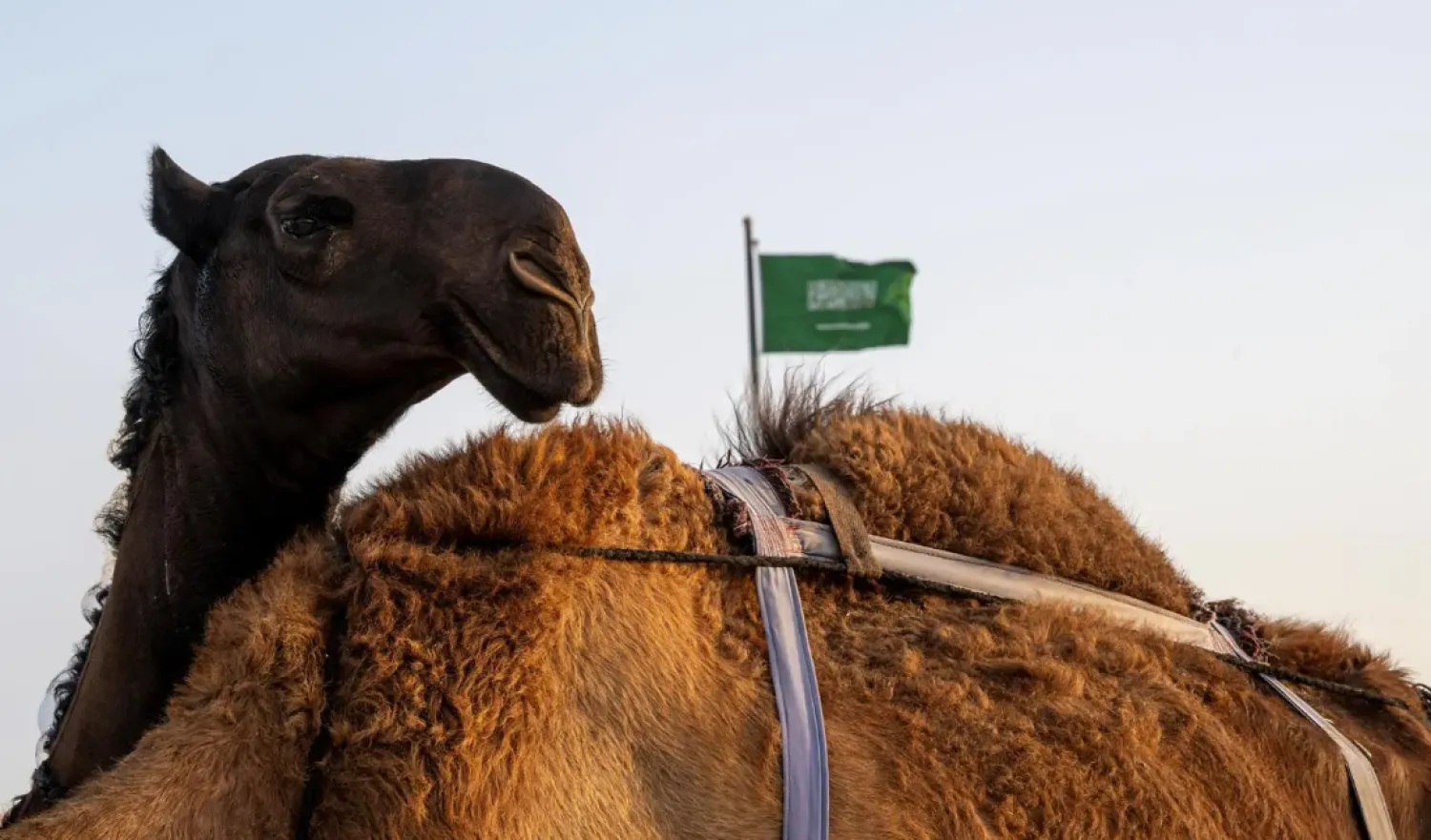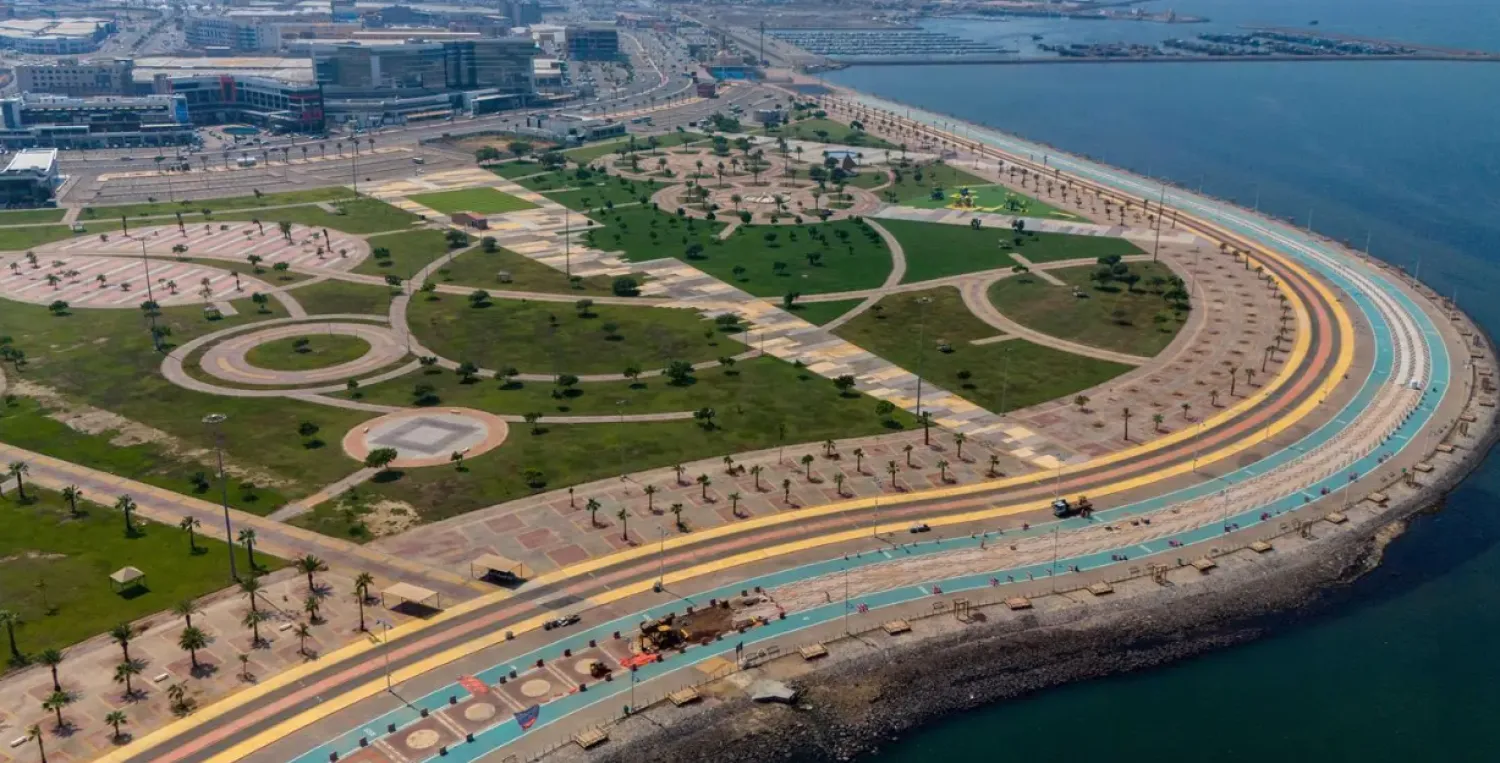The Literature, Publishing and Translation Commission at the Ministry of Culture has joined forces with the Arab League Educational, Cultural and Scientific Organization (ALECSO) to launch a groundbreaking initiative: the Arabic Observatory of Translation.
The project is greatly important to the efforts to support and monitor translations from and into Arabic, spoken by over 350 million people worldwide, SPA reported.
Literature, Publishing and Translation Commission CEO Mohammed Hasan Alwan highlighted the Kingdom's leading role in fostering collaborative Arab cultural endeavors. The observatory, he said, is designed to build bridges of communication and enrich cultural content across the Arab world.
The observatory offers a dedicated digital platform specifically designed to cater to the needs of the Arab translators. The platform will provide a vast and valuable resource, offering a comprehensive database of translated works, said Alwan.
Aspiring scholars and researchers will also benefit from the research grants dedicated to the field of translation.
The platform will establish important networks for translators and publishers, fostering collaboration and knowledge sharing across the Arab world.
The observatory is ALECSO's first regional body in the Kingdom of Saudi Arabia and the Gulf Cooperation Council countries in its 54-year history.
Its key projects entail research grants, monitoring and documenting translated books, and providing valuable sources for publishing houses and translators.
The establishment of the Arabic Observatory of Translation is testimony to the commitment to foster a more vibrant and interconnected Arab world. Through the power of translation, the observatory has the potential to break down barriers, promote cultural exchanges, and enable the sharing of knowledge across the region.
Ministry of Culture, ALECSO Launch Arabic Observatory of Translation


Ministry of Culture, ALECSO Launch Arabic Observatory of Translation

لم تشترك بعد
انشئ حساباً خاصاً بك لتحصل على أخبار مخصصة لك ولتتمتع بخاصية حفظ المقالات وتتلقى نشراتنا البريدية المتنوعة







